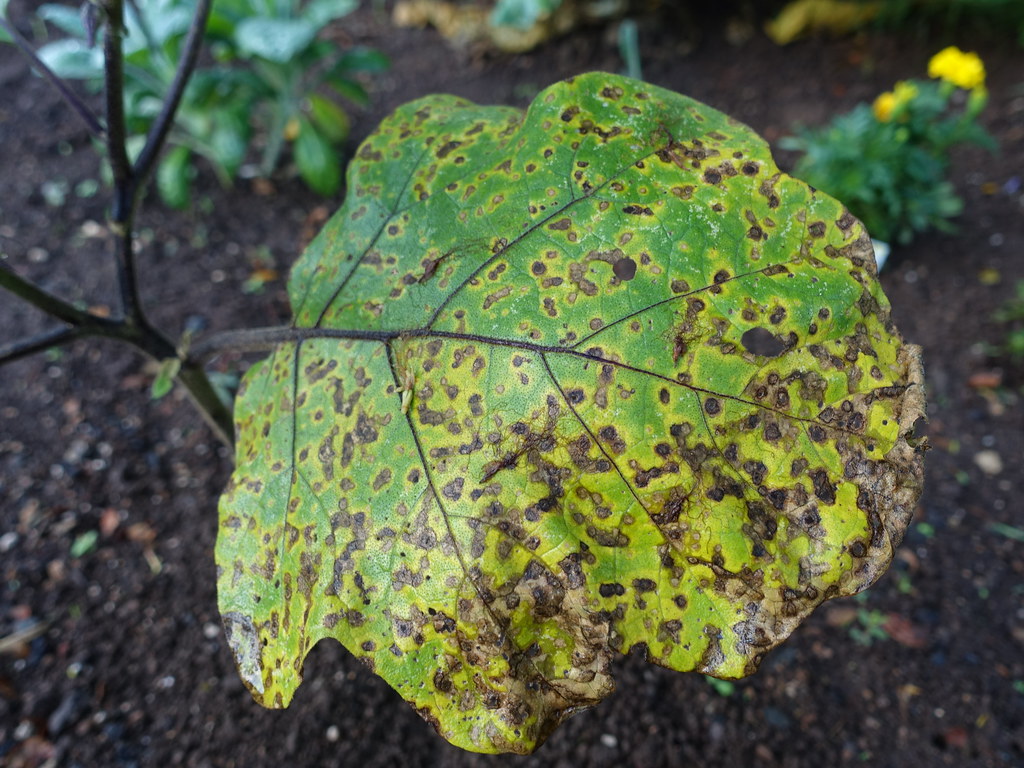
Leaf spot diseases
Cercospora spp.
What is Cercospora leaf spot (Cercospora Spp.)?
Cercospora leaf spot is a fungal disease caused by various Cercospora species. Leaf spot diseases are caused by various species of Cercospora fungi, affecting a wide range of plants. It affects diverse plants worldwide. It thrives in warm, humid conditions with prolonged leaf wetness. Symptoms start as circular tan to light brown spots with reddish-purple borders. Spots merge as the disease progresses, causing yellowing, browning, and necrosis of leaves. Blighted leaves may collapse but remain attached.
How does Cercospora leaf spot (Cercospora Spp.) occur?
Cercospora fungi reproduce through a combination of asexual and sexual methods. Asexual reproduction involves the production and dispersal of conidia, which are spores spread by wind, water, or insects to initiate new infections. Sexual reproduction occurs when compatible mating types form perithecia, which produce ascospores. These ascospores contribute to the survival and dissemination of the fungi. This reproductive cycle enables Cercospora fungi to persist and infect plants in subsequent seasons.
Symptoms
1 - Impact on Plants
Cercospora spp. can have a significant impact on both agricultural crops and ornamental plants, and in sorghum, it can lead to reduced yield, diminished quality, defoliation, and decreased nutrient uptake. In ornamental plants like flowers and shrubs, it causes aesthetic degradation and diminished value.
2 - Soil Health
Cercospora Spp. has a notable impact on soil. The fungi can persist in plant debris and soil, perpetuating disease cycles.
Solutions
1 - Cultural Practices
• Rotate susceptible crops with non-host plants to disrupt disease cycles. • Remove and destroy infected plant debris to reduce inoculum sources. • Provide adequate airflow and sunlight to minimize humidity and create an unfavorable environment for disease development. • Avoid overwatering and promote well-drained conditions to prevent leaf wetness.
2 - Resistant cultivars
Using resistant cultivars is an effective strategy to manage Cercospora leaf spot. Here are examples of resistant varieties for specific crops, • Sugar Beets: 'HM-1893' and 'HM-1899' • Maize (Corn): 'Pioneer® P1197', 'Dekalb® DKC62-08' • Soybeans: 'Pioneer® P32T59R', 'Asgrow® AG4135' • Peanuts: 'Georgia-06G', 'Tifguard' • Spinach: 'Tyee', 'Samish', 'Donkey'
3 - Application of Fungicides
There are several fungicides available in the market for managing Cercospora leaf spot and other fungal diseases. Some commonly used fungicides include Chlorothalonil (brand names: Bravo, Echo), Azoxystrobin (brand names: Abound, Quadris), Mancozeb (brand names: Dithane, Manzate), Propiconazole (brand names: Tilt, Bumper), Tebuconazole (brand names: Folicur, Orius). Note: It is important to follow the instructions and guidelines provided by manufacturers and local agricultural authorities regarding fungicide application, rates, and safety precautions.
